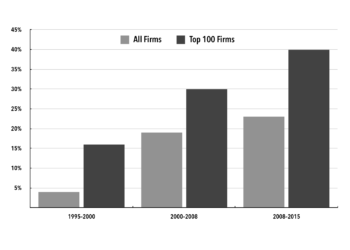September 1, 2025
Jayati Ghosh illuminates how capitalism has exacerbated inequality not only due to market forces, but as a result of how wealthy countries and firms based within them have tilted the scales toward themselves, disenfranchising the rest of the world in the process. This pervasive economic inequality, Ghosh concludes, undermines the idea and practice of true democracy.
July 1, 2022
Climate imperialism has emerged as a new—and potentially even the most lethal—form of imperialism in the world economy today. Confronting it requires recognizing and dealing with all its different aspects. But it also requires addressing the monopolies of knowledge created by the global regime of intellectual property rights that has been instituted and cemented by hegemonic world powers.
July 1, 2015
Insofar as imperialism is about the struggle over and capture of economic territory (which must be broadly defined to include not just geographical territory such as land and natural resources, but also the creation of new markets, sources of labor, and forms of surplus transfer such as are reflected in intellectual property), these changes [in imperialism since the early 20th century] have created distant demands upon imperialist structures and processes…. [So] how can capital (which is increasingly global in orientation) generate the superstructures through which the transfers of value are ensured and the investment risks are moderated and contained? It will be argued that there has been an endeavor to resolve this by refashioning the global institutional architecture in ways that operate to increase the conditions of "stability" for large capital while increasing its bargaining power vis-à-vis working people and citizens, as well as nation-states and even smaller capitalist enterprises.
January 1, 2012
One of the enduring myths about capitalism that continues to be perpetuated in mainstream economic textbooks and other pedagogic strategies is that labor supply is somehow exogenous to the economic system. The supply of labor is typically assumed, especially in standard growth theories, to be determined by the rate of population growth, which in turn is also seen as "outside" the economic system rather than in interplay with it. The reality is, of course, very different: the supply of labor has been very much a result of economic processes, not something extraneous to it. Throughout its history, capitalism has proved adept at causing patterns of labor supply to change in accordance with demand…. But nowhere has this particular capacity of capitalism to generate its own labor been more evident than in the case of female labor.


